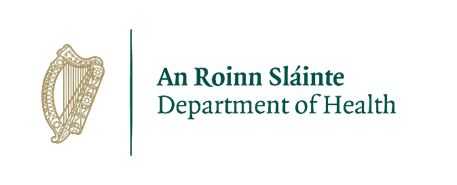The Minister for Health today announced his intention to progress the development of a new model of bi-lateral workforce development and migration for nursing and midwifery. The aim of this collaboration of Irish and Kenyan officials will concentrate on workforce planning in the health sector by addressing nursing and midwifery shortages in Ireland whilst investing in the ongoing development of these professions in Kenya. The bi-lateral agreement will contribute to augmenting the global nursing and midwifery workforce in a managed and sustainable way.
Officials from both countries are working with the World Health Organization (WHO) to develop and monitor a new and mutually beneficial model of bi-lateral workforce development and migration. This model will adhere to the principles of the WHO Global Code of Practice on the International Recruitment of Health Personnel and 2024 guidance issued by WHO and the Organization for Economic Cooperation and Development (OECD).
Ireland and Kenya share values and priorities with respect to the nursing and midwifery workforces, recognising the need for sustainable, forward-looking, and equitable approaches to both domestic workforce development and migration.
Both countries face very different challenges. Despite efforts by the Government of Kenya to ensure the country has a pool of adequate and well-trained health workers, absorption of new graduates into their domestic labour market is challenged by fiscal constraints. Ireland on the other hand faces a shortfall in the number of nursing and midwifery graduates relative to the number of vacant positions. Ireland has made significant advances in growing its supply of nurses and midwives with first year nursing and midwifery enrolments growing from 1,570 in 2014 to 1,920 in 2022, with approximately 200 additional first year enrolments in 2023. Ireland has a history of both inward and outward migration of health workers and looks forward to welcoming nurses and midwives from Kenya to its health service under this initiative.
Minister Donnelly, said:
“Ireland is committed to developing a sustainable domestic health and care workforce, including nurses and midwives. We’ve made significant progress in expanding the number of undergraduate places. Ensuring we retain our graduates and provide attractive career pathways is a priority for me.
“I am aware that there have been worrying global trends in workforce migration in recent years, which have seen higher income countries benefit disproportionately from the mobility of health professionals, while the benefits to the country from which they migrate may be comparatively less.
“By working together with Kenya, in line with our shared principles and WHO-OECD guidance on best practice, we can inform a new generation of fair and ethical bilateral agreements on health workforce migration.”
“By working together with Kenya, in line with our shared principles and WHO-OECD guidance on best practice, we can inform a new generation of fair and ethical bilateral agreements on health workforce migration.” World Health Organization (WHO) (2010). WHO Global Code of Practice on the International Recruitment of Health Personnel :


